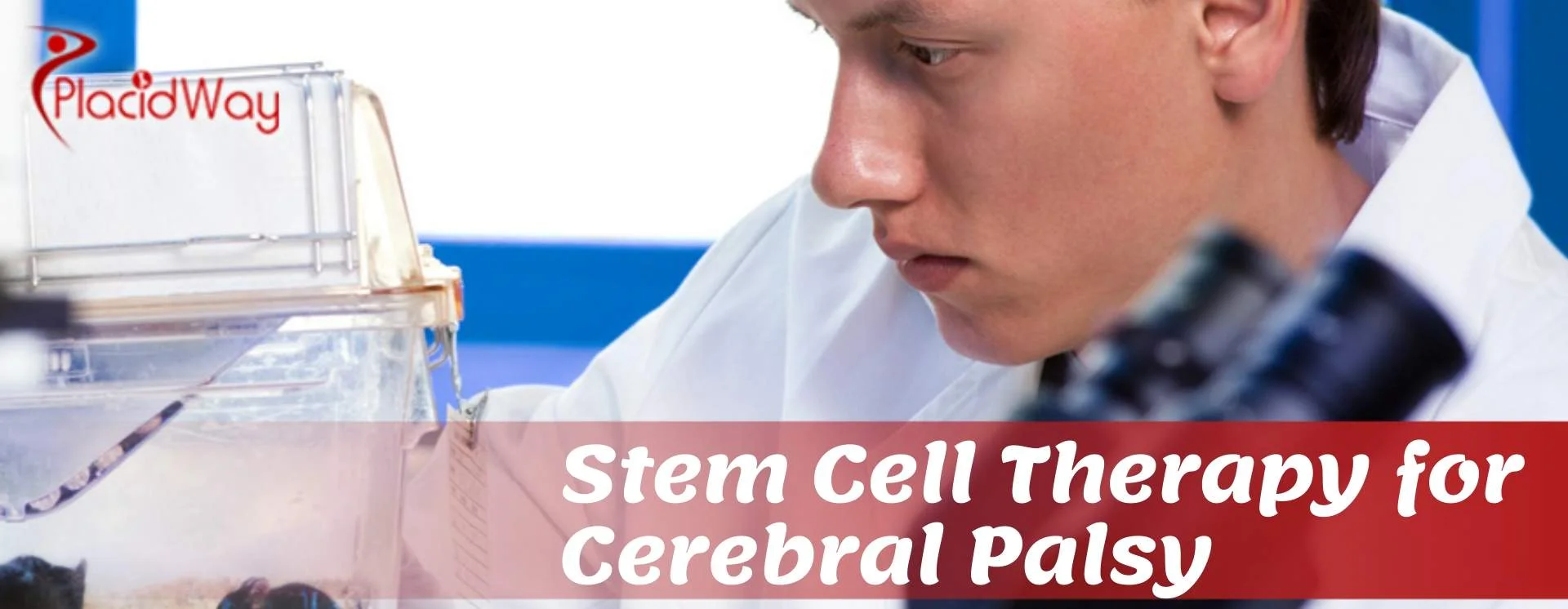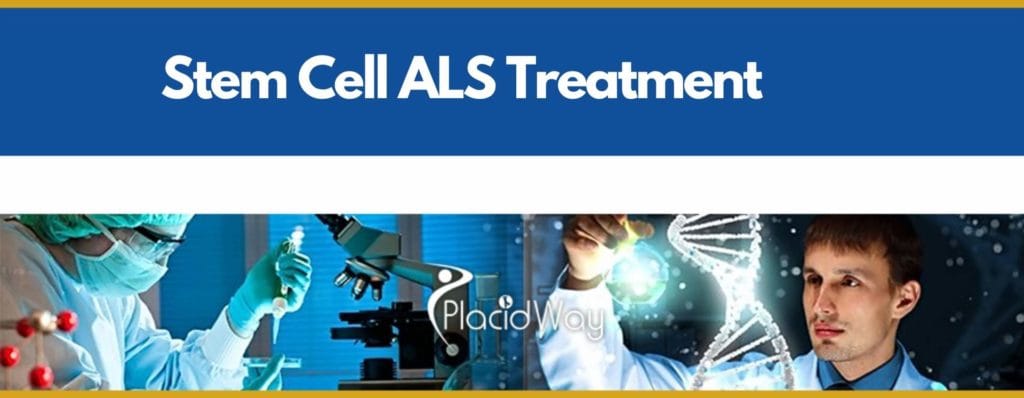
Regenerative Medicine for Cerebral Palsy
Table of Content
Regenerative medicine is an emerging field in healthcare and has the potential to offer individuals with cerebral palsy (CP) a chance to reduce disability related to their condition. Through stem cell regeneration, targeted treatments, and gene therapies, innovative types of treatments can help alleviate symptoms from CP. This blog post will provide an overview of recent developments in regenerative medicine for CP, how these advancements could benefit patients living with this neurological disorder, as well as any safety concerns that must be taken into consideration before engaging in such treatments.
What is Cerebral Palsy?
Cerebral palsy is a gathering of issues that influence an individual’s capacity to move and keep up with equilibrium and stance. Cerebral palsy is the most widely recognized engine inability in adolescence. Cerebral means having to do with the mind. Palsy implies shortcoming or issues with utilizing the muscles.
Cerebral Palsy defines different types of signs related to posture and movement. The condition originates in the brain and leads the muscles to be weak, rigid, stiff and uncontrolled. CP is the most common motor disability of childhood. About 1 in 345 children has been identified with CP
Cerebral Palsy Types
There are different types of Cerebral palsy that affect various parts of the brain. Each type causes specific movement disorders. The types of Cerebral palsy are:
Spastic cerebral palsy
Spastic cerebral palsy is brought about by harm to the mind’s engine cortex, which controls intentional development. It is likewise brought about by harm to the pyramidal plots, which assist with handing-off signs to the muscles. Consequently, this sort of cerebral palsy is in some cases alluded to as “pyramidal.”
The engine cortex is found on the two sides of the mind, and the pyramidal plots associate each side of the engine cortex to each other. Harm to the right half of the engine cortex messes development up on the left half of the body, as well as the other way around.
Dyskinetic cerebral palsy
Individuals with dyskinetic CP have issues controlling the development of their hands, arms, feet, and legs, making it hard to sit and walk. The developments are wild and can be slow and squirming or quick and jerky. In some cases the face and tongue are influenced and the individual struggles sucking, gulping, and talking.
An individual with dyskinetic CP has muscle tone that can change (shifting from excessively close to excessively free) from one day to another, however in any event, during a solitary day.
Hypotonic cerebral palsy
Hypotonic Cerebral Palsy causes decreased muscle tone and excessively loosened up muscles. The arms and legs move effectively and seem floppy, similar to a cloth doll.
Children with this kind of CP have little power over their head and may experience difficulty relaxing. As they develop more seasoned, they might battle to sit up straight because of their debilitated muscles. They can likewise experience issues talking, poor reflexes, and strolling irregularities.
Ataxic cerebral palsy
Ataxic cerebral palsy is brought about by harm to the cerebellum, which is answerable for organizing actual development. People with ataxic cerebral palsy regularly experience quakes and a decrease in muscle tone.
Mixed cerebral palsy
Sometimes children develop a mix of the types Cerebral Palsy. A mix of dyskinetic and spastic CP is the most widely recognized, however kids can make a mix of any CP. Manifestations will rely upon which sorts of CP the youngster has. Mixed CP can likewise bring about extra related clinical issues and problems.
Cerebral Palsy Causes
Cerebral palsy Causes by unusual advancement of the cerebrum or harm to the creating mind that influences a youngster’s capacity to control their muscles. There are a few potential reasons for the strange turn of events or harm. Individuals used to imagine that CP was predominantly brought about by absence of oxygen during the birth cycle. Presently, researchers feel that this causes just few CP cases.
The unusual advancement of the cerebrum or harm that prompts CP can occur before birth, during birth, inside a month after birth, or during the principal long periods of a kid’s life, while the mind is as yet creating.
Cerebral Palsy Symptoms
Here are the few symptoms of different types of Cerebral Palsy that are diagnosed in Cerebral Palsy Patients.
- Vision problems like the perception of depth
- Uncontrolled muscle movements
- Abnormal walking
- Feeding issues
- Floppiness in the limbs
- Poor coordination
- Problems with depth perception
- Shakiness and tremors
- Flexible joints and ligaments
- Lack of head control
- Loose muscles
- Speech difficulties
- Problems with posture
- Awkward reflexes
- Lack of balance
- Combination of neuro and muscular manifestations
Cerebral Palsy Treatment with Stem Cell Therapy
There is no confirmed permanent cure to treat the manifestations and disabilities related to the symptoms of Cerebral palsy among children and adults. The most common treatments for the condition include:
- Physical therapy
- Drug therapies (Klonopin, Dilantin, anti-seizure medications, Botox, Baclofen, Tegretol)
- Surgery
- Magnetic Therapy – (Magnetic Molecular Energizing – MME)
- Amino Acid Therapy
- Stem Cell Therapies (embryonic stem cell lines, umbilical cord stem cells, germ-cell-derived stem cells)
- Many stem cell therapies focus on reducing spasticity in the muscles
In recent years, there have been several research works going on the usefulness of stem cell therapy for CP. Various technologies and research works are focusing on umbilical cord stem cell therapies to integrate transplanted stem cells into injured areas of the brain in order to restore lost function and mobility.
Stem Cell Therapy for Cerebral Palsy- Key Benefits
Some of the major benefits of stem cell cerebral palsy treatment include:
- Improved balance
- Reduction of hypertonicity in extremities
- Increased mental development such as patience, concentration, interest in external things, learning ability and memory
- Better social adaptation
- Normalized internal organ functions
- Easier care for the child
Who Benefits From Cerebral Palsy Stem Cell Treatment?
Children experiencing difficulties like:
- Lack of muscle tone
- Ability to breathe properly
- Swallowing difficulties
- Immunodeficiency, and
- Difficulty with movement, including lack of balance, difficulty walking, and using fine motor skills
may benefit from stem cell therapies targeting certain areas of the brain that affect movement and function. Repeated stem cell injections may be necessary, through subcutaneous or intravenous injection.
Stem Cell Therapy for Cerebral Palsy Patient’s Reviews
FAQs about Regenerative Medicine for Cerebral Palsy
Who is a good candidate for regenerative medicine therapy for cerebral palsy treatment?
A good candidate for regenerative medicine therapy for cerebral palsy treatment is typically a patient who has an existing neurological deficit due to injury or disease that has led to impaired function. This can include patients with stroke, brain or spinal cord injuries, multiple sclerosis, amyotrophic lateral sclerosis (ALS), Parkinson’s Disease, or cerebral palsy.
How long does the procedure take, and what is the recovery time like afterward?
The procedure itself typically takes around two to three hours, depending on the particular treatment plan for the patient. Afterward, there is typically a period of rest and recovery that can last up to several weeks or even months in some cases.
Are there any risks or side effects associated with regenerative medicine therapy for cerebral palsy treatment?
There are some potential risks and side effects associated with regenerative medicine therapy for cerebral palsy treatment. These can include allergic reactions, infection, inflammation at the injection site, or nerve damage.
Is there any evidence to support the efficacy of regenerative medicine therapy for cerebral palsy treatment?
Yes, there is a growing body of research that suggests that regenerative medicine therapies such as stem cells or gene therapy could potentially offer benefits to patients with cerebral palsy. However, more research is needed before these therapies can be definitively recommended for widespread use.
How much will regenerative medicine therapy for cerebral palsy treatment cost, and will my insurance cover it?”
The cost of regenerative medicine therapy for cerebral palsy treatment will vary depending on the particular treatment plan and location. Unfortunately, most insurance plans do not currently cover this type of treatment. Therefore, it is important to discuss financial options with your doctor before beginning any procedure.
Explore more medical centers for stem cell therapy all over the world
For more details about cerebral palsy treatment with stem cell therapy, click below:






